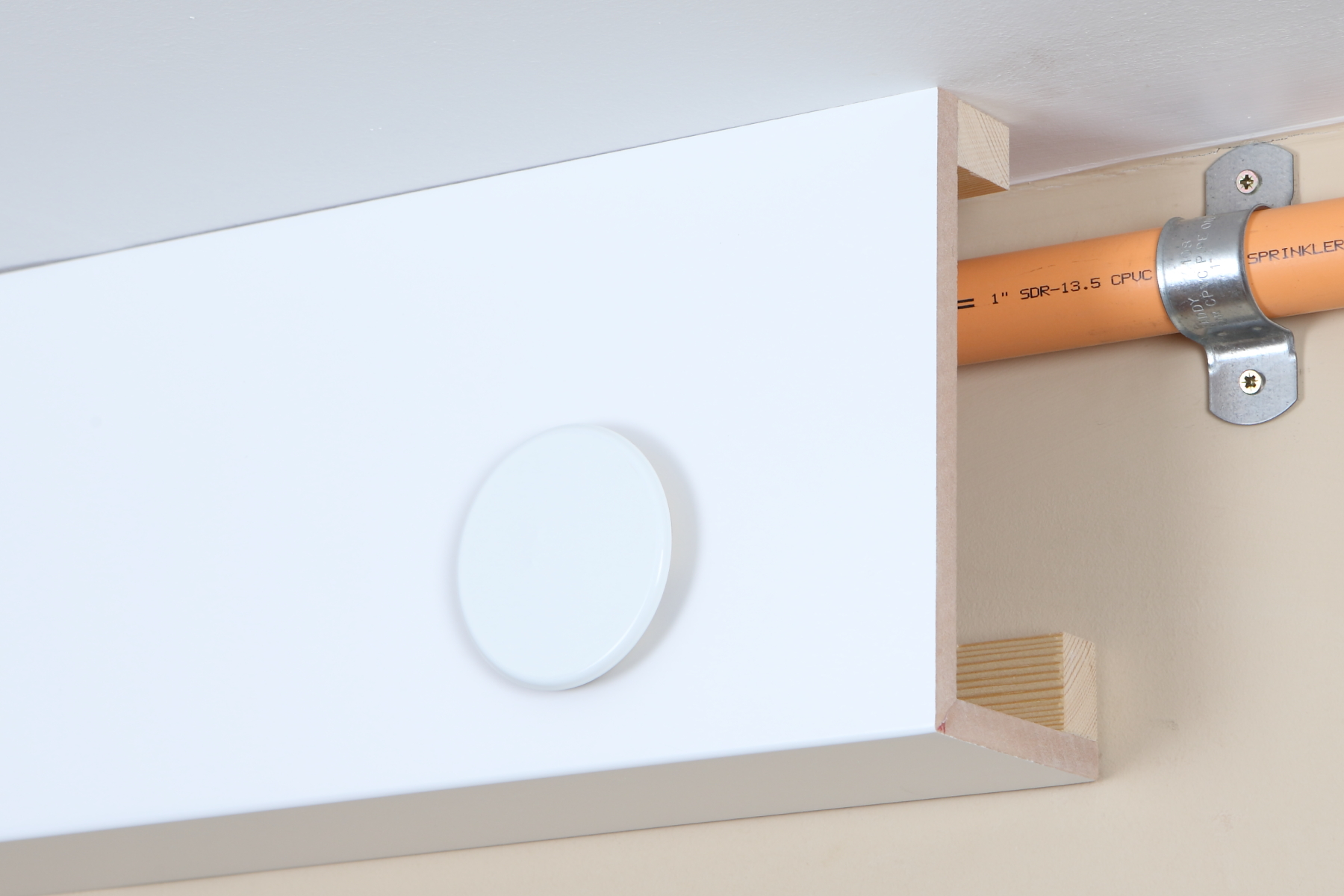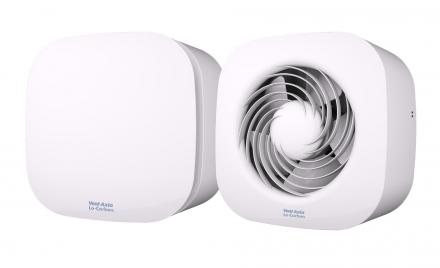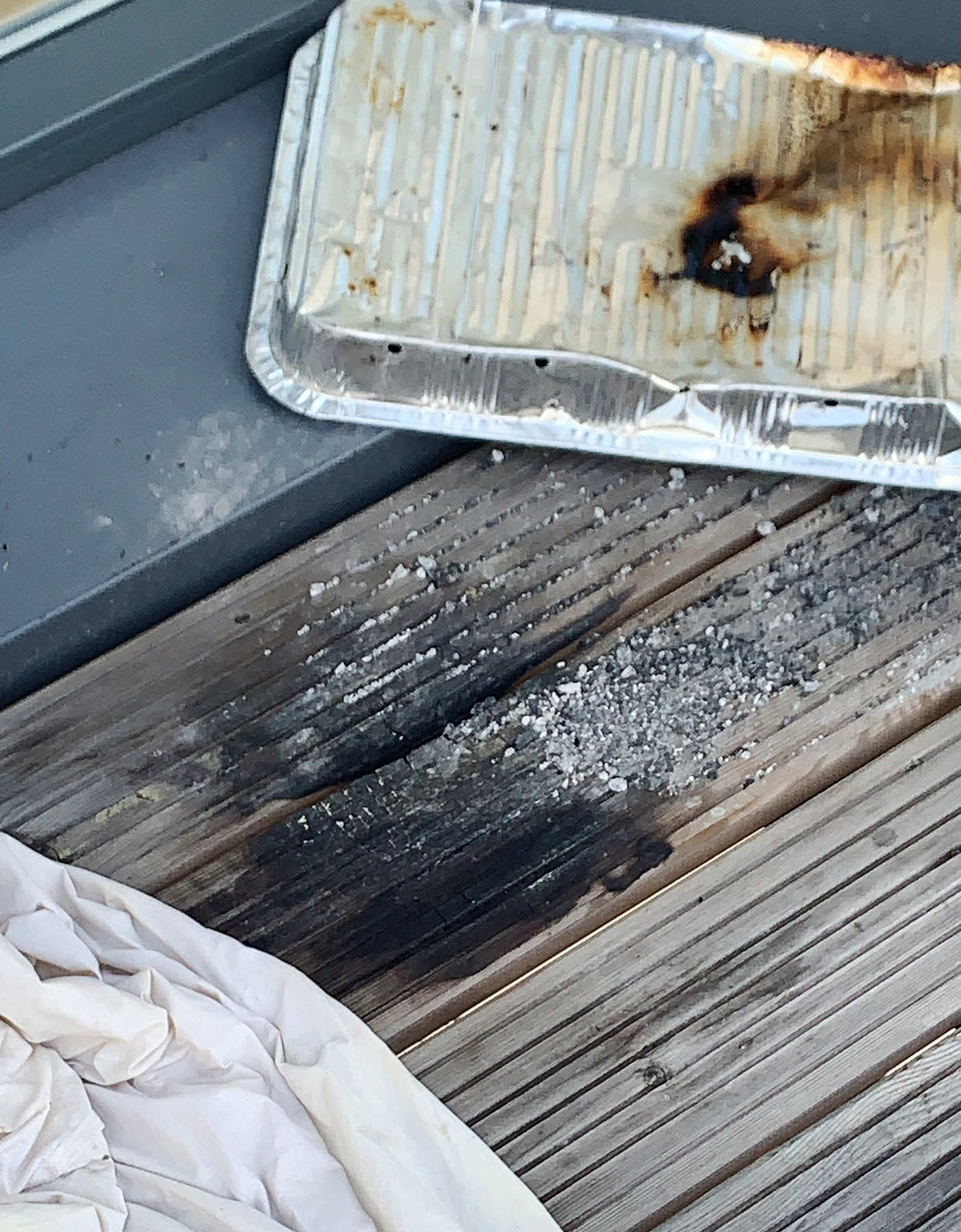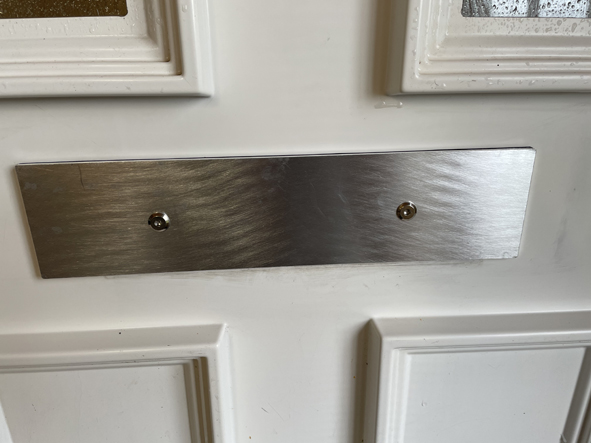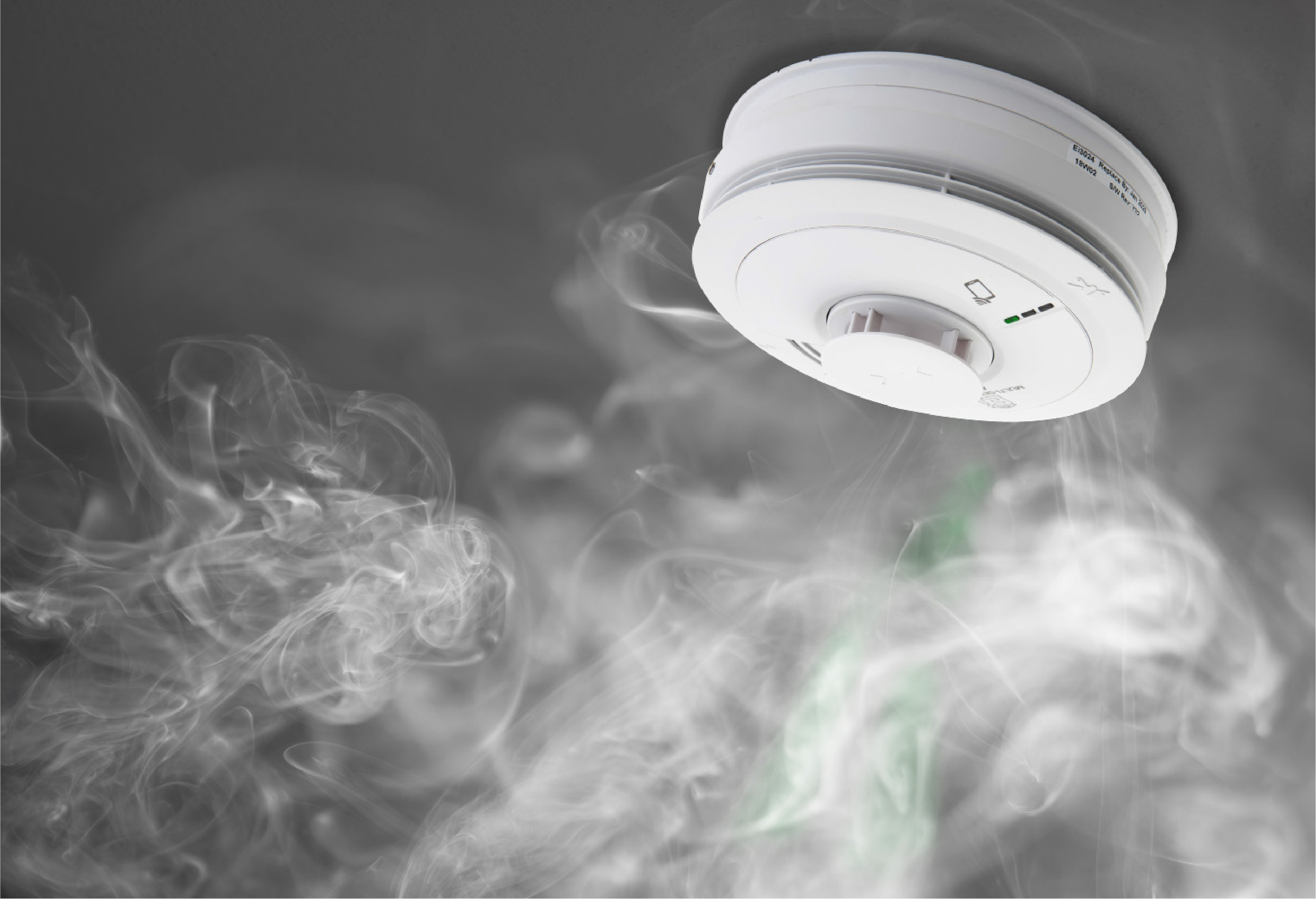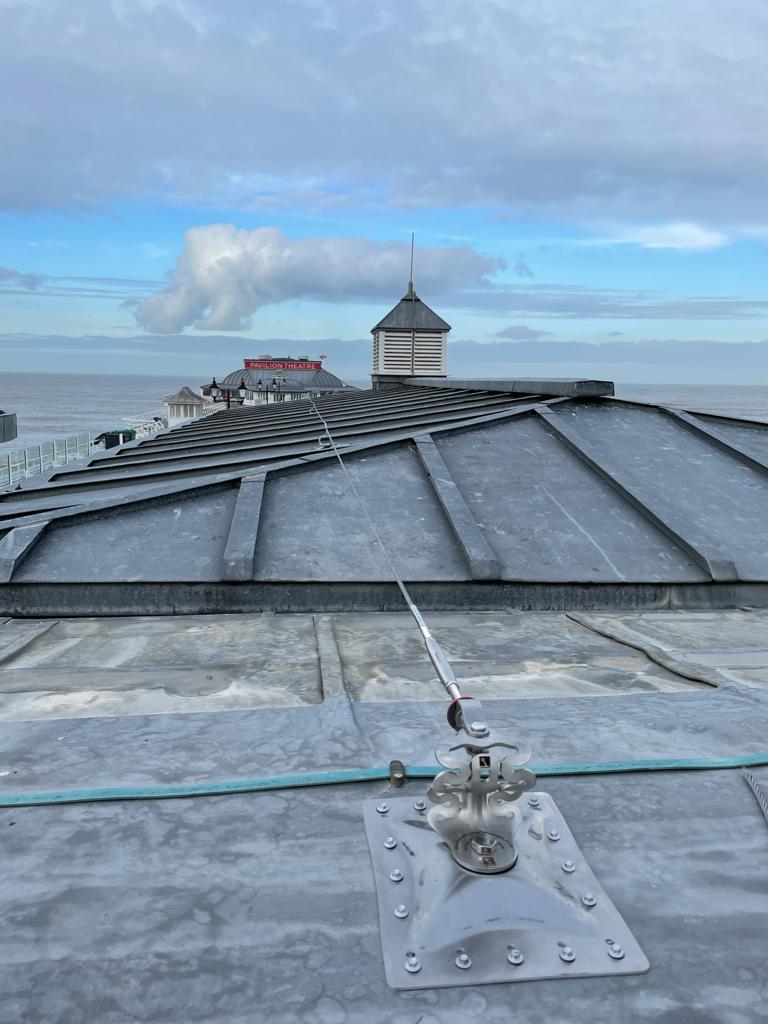Driving security forward with the complete package
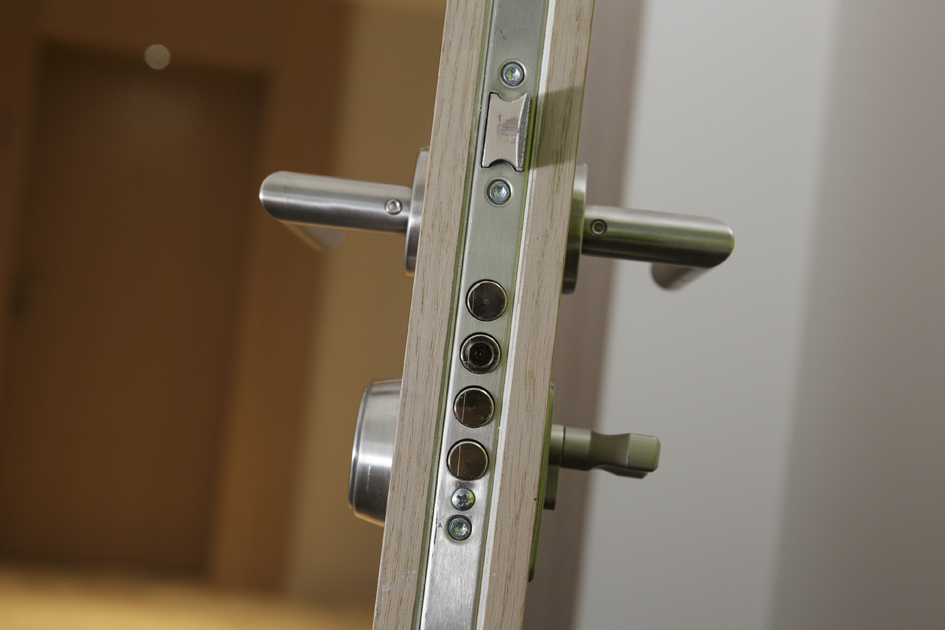
If you were selecting a car for security reasons, would you be looking for one that just had 4 wheels, an engine and a door you could lock? No, of course not! You would rightly be interested in its overall performance, verified roadworthy tests, the quality of its components, not to mention other safety features and naturally its appearance and stylish kerb appeal.
Selecting the right Secured By Design (SBD) Doorkit is not dissimilar. It’s not simply a case of meeting the minimum requirement, with a piece of paper that says SBD Tested, anything will do! After all there is so much more to consider in the modern build environment, from fire rating to life cycle expectations and installation to design flexibility. Portaro SBD Interior timber Entrance Doorkits from Vicaima provides just that scope, with ease of assembly, quality materials, outstanding performance and design appeal as standard, all encased in one of the most comprehensively certificated products on the market.
- Read more about Driving security forward with the complete package
- Log in to post comments














